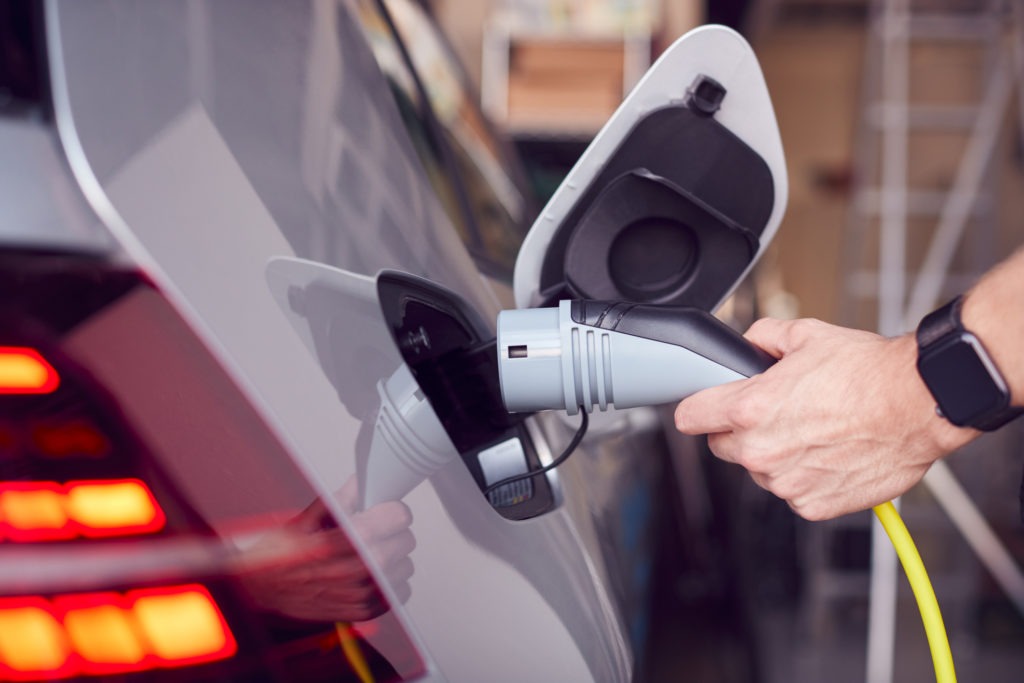UK electric-car infrastructure must have binding targets and regulator
16 February 2022

The UK automotive industry is calling for mandated electrically-chargeable vehicle (EV) infrastructure targets and a watchdog body to monitor them.
This was part of the Society of Motor Manufacturers and Traders (SMMT) seven-step plan to help ensure the growth of an affordable, available, and accessible electric-car charging network.
A new independent regulatory body should be established to monitor the developing market. Under the industry proposals, this regulator would ensure affordability and minimum standards, making sure consumers remained the central developmental focus.
National coordination, local delivery
To ensure recharging is as easy as refuelling, the UK automotive sector is proposing a nationally coordinated, locally-delivered EV-infrastructure plan. It emphasises putting consumer needs first, while also giving operators and local authorities certainty to install the right number of the appropriate chargers in the right places, ahead of demand.
This will require cooperation on a massive scale. Industry, the government and key sectors, including fleets, infrastructure and energy, will need to work together. This is the basis of the SMMT’s seven steps to delivering consumer-centric charging:
- Embed consumer-centricity in policy and a national infrastructure plan;
- Develop and implement a nationally-coordinated, locally-delivered infrastructure plan;
- Invest in all types of infrastructure, particularly public chargers, ahead of need;
- Binding targets to ensure adequate public-chargepoint provision and social equity;
- Regulation to deliver best outcomes for consumer experience and expansion of provision;
- Provide support to incentivise and facilitate delivery of infrastructure; and
- Ensure electricity networks are future-proofed and fit for purpose.
Reputable regulator
A new independent regulator, which the SMMT dubbed Ofcharge – the Office of Charging – would oversee the market, pricing levels, and minimum standards across the UK. Ensuring the consumer is central to infrastructure rollout will be no small task as the country ends the sale of new internal-combustion engine (ICE) cars by 2030, and hybrids by 2035.
‘Our plan puts the consumer at the heart of this transition, assuring them of the best possible experience backed by an independent regulator. With clear, equivalent targets and support for operators and local authorities that match consumer needs, government can ensure the UK has a chargepoint network that makes electric mobility a reality for all, cutting emissions, driving growth and supporting consumers across the UK,’ said Mike Hawes, SMMT chief executive.
EV charging in the UK has seen rapid development in recent years. Most recently, ev.energy carried out a commercial shift in energy consumption with its virtual power plant using only battery-electric vehicles (BEVs). At the end of last year, Gridserve announced the opening of its first electric forecourt, after it bought the Electric Highway network from Ecotricity in June.
Plug-in projections
The SMMT projects that if action is taken, the plug-in car market will keep growing rapidly, with 9.3 million units on the country’s roads by 2030 (27%) and 18.4 million by 2035 (54.8%). Zero-emission vehicles will make up 6.9 million (20.1%) and 15.3 million (45.6%) of these EV numbers respectively. Carmakers have already brought 140 plug-ins to the UK market, with 55 more due for launch this year.
But for these models to gain their projected foothold, consumers must have access to charging infrastructure. While the UK has seen a 3,000% increase in the number of standard public chargepoints since 2011, demand for EVs has also surged. These vehicles accounted for more than one in six new cars last year. The number of plug-ins on the road swelled by 280.3% between 2019 and 2021. Meanwhile, standard infrastructure numbers increased by just 69.8% in the same timeframe.
Home-centric charging
On a global scale, a new study from Juniper Research found that spending on EV charging at home will exceed $16 billion (€14 billion) by 2026. This is a marked increase from the $3.4 billion spent across the world last year. This 390% growth is being attributed to the lower cost and greater convenience of home infrastructure over public networks. A report by Juniper Research does acknowledge the lack of access for what it calls ‘urban residents’, it points to the current high cost of EVs, which means most users will have access to off-street parking.
EV Charging: Key Opportunities, Challenges & Market Forecasts 2021-2026, found that by 2026 over 21 million households across the world will use a home wallbox, up from two million last year. Within the same timeframe, hardware revenue from these chargers will reach $5.5 billion, increasing from $1.8 billion in 2021. ‘Home wallboxes are convenient and lower cost than alternatives, with the onus being on both car manufacturers and governments to support home-charging roll-outs to secure the future of electric mobility,’ said research author Nick Maynard.



